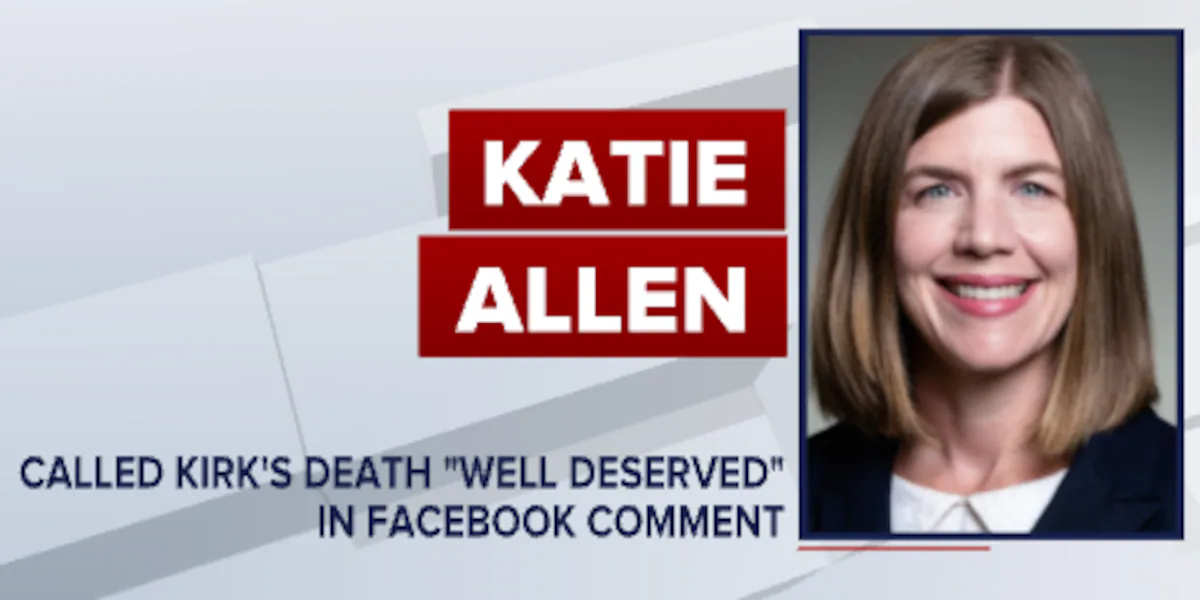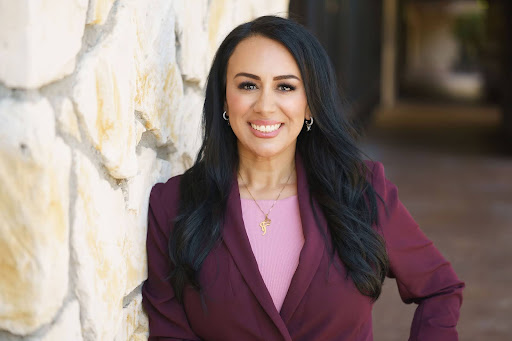
Our nest is now empty.
We recently dropped off our youngest child to start his first year of college. It’s been a long journey not just for him and his two older sisters who already earned their bachelor’s degrees, but for us as parents.
Our journey to help pay for all our children’s college education began soon after they were born, when we opened 529 savings accounts for each of them, set up automatic monthly contributions and automatically raised the amount we contributed each year.
Our 529 accounts have been a key reason we’ve been able to pay for their college.
Kiplinger’s Adviser Intel, formerly known as Building Wealth, is a curated network of trusted financial professionals who share expert insights on wealth building and preservation. Contributors, including fiduciary financial planners, wealth managers, CEOs and attorneys, provide actionable advice about retirement planning, estate planning, tax strategies and more. Experts are invited to contribute and do not pay to be included, so you can trust their advice is honest and valuable.
And yet, I learned that most parents are not taking advantage of the benefits of a 529 account for education savings.
In a recent Vanguard survey, 69% of parents reported using a traditional bank savings account for their children’s education-related expenses, despite these accounts often offering interest rates trailing the pace of inflation before factoring in taxes.
With September being College Savings Month, I wanted to share some tips for saving for a loved one’s education.
Put your oxygen mask on first
It’s hard to save for any long-term goal, including your child’s education, when an unexpected expense can wreak havoc on your finances. That’s why it’s important to establish an emergency savings fund for those unexpected expenses before you start saving for other goals.
While you’re at it, check to make sure you are putting these funds in a savings vehicle where you are getting the returns you deserve. The average bank’s savings account yield is only 0.40%, well below the latest annualized inflation rate of 2.92%.
Consider looking at cash management accounts, with stronger interest rates, such as Vanguard’s Cash Plus Account, which can yield nine times more than a traditional bank savings account.
By saving in a high-yielding savings vehicle, you can demonstrate to your children the importance of where you save and the benefits of long-term compound interest while building a savings buffer for unexpected expenses so they do not interfere with your long-term savings goals.
The benefits of 529 plans for education-related expenses
The survey also revealed that only 10% of parents leverage a 529 savings plan for education-related expenses. I’d like to encourage more parents to take advantage of the benefits of 529 plans, if they are able, by sharing how we personally benefited from their investment, tax and flexibility benefits.
From an investment perspective, each state-sponsored 529 plan offers a curated menu of vetted investment options, and most include age-based or Target Enrollment Portfolios that gradually and automatically become more conservative as you approach the date of your child’s enrollment year.
It’s important to note that a target-date investment is not guaranteed at any time, including on or after the target date.
Many plans offer the ability to set up automatic, recurring contributions and auto-increase your contribution amount on a periodic basis. We took advantage of these features in our children’s 529 plans.
Looking for expert tips to grow and preserve your wealth? Sign up for Adviser Intel (formerly known as Building Wealth), our free, twice-weekly newsletter.
From a tax perspective, the savings grow tax-free and can be withdrawn tax-free as long as you use the funds for qualified education expenses. And some states even provide a state income tax deduction for the contributions you make.
While you can choose any state’s plan, I’d recommend checking if your state-sponsored plan offers benefits other states might not and know what type of expenses are qualified, so you don’t mistakenly incur a tax penalty.
From a flexibility perspective, 529 plans cover more expenses than you may think. Your investment can be used to pay for tuition, room and board, books and other qualified expenses at any accredited school in the U.S. or abroad.
My oldest daughter attended school in the UK, and her 529 account paid for tuition and room and board, while my son’s 529 account paid for a portion of his secondary school education before being used for college.
If college isn’t in your loved one’s future, you can use your 529 savings account for vocational training in skilled trades, professional licensing, credential programs and continuing education.
You can also change the account beneficiary anytime as long as they’re a qualified family member, such as a sibling, stepchild, cousin or parent.
And if you still have leftover money, you can roll up to $35,000 into a Roth IRA, provided certain conditions are met.
Of course, this information is not personalized investment or tax advice — please consult a qualified adviser to understand how 529 plans may impact your individual situation.
It begins with the first step
Every journey — no matter how long — begins with the first step. We are glad we took that first step more than 20 years ago by establishing 529 savings plans and an overarching education savings strategy.
While our nest may be empty, we are grateful to be able to give our birds a better chance to spread their wings and soar.
Three Reasons You Need to Use a 529 Plan (and Two Reasons You Don’t)
529s: No Longer the Ho-Hum Investing Device for College
529 Plans: Give the Gift of Education (and Compounding)
I’m an Investment Professional: These Are the Three Money Tips I’m Giving My College Grad
529 to Roth IRA: Should You Rollover Unused 529 Funds?



